All eyes are on Nvidia’s stock, so what’s been going on?
Early last week, Nvidia overtook Microsoft as Wall Street’s most valuable public company. Then it fell 13% over three days, its worst such stretch since 2022.
Early last week, Nvidia overtook Microsoft as Wall Street’s most valuable public company. Then it fell 13% over three days, its worst such stretch since 2022.

The company’s journey to be one of the most prominent players in AI has produced some eye-popping numbers. Here’s a look:

Stocks have continued to hold up despite the worst inflation in decades, the punishing effects of high interest rates and worries about a recession that seemed inevitable but hasn’t arrived.
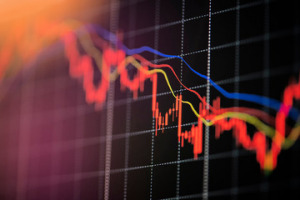
More worries about inflation and interest rates staying high knocked U.S. stocks lower on Tuesday, as the market closed out its worst month since September.
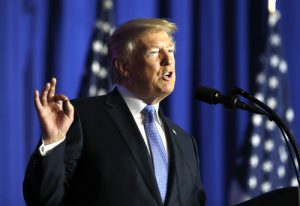
Before trading began, Trump Media had a market value of about $6.8 billion, a figure that will rise significantly if the early gains in the shares hold.

The financial markets cheered the message Wednesday from Jerome Powell and the Federal Reserve, with traders sending the Dow Jones industrial average surging 1%, to another all-time high.
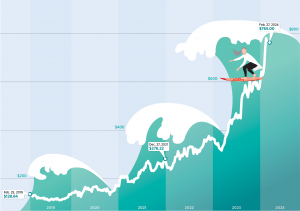
In the past 52 weeks, shares have set new records almost every week, due to investor eagerness over the company’s new drugs for obesity and diabetes, two health conditions that plague America, along with other drugs in the pipeline.

Ancora Holdings Group LLC said the animal health company has underperformed its peers and destroyed billions of dollars of shareholder value.

Shares in the Indianapolis-based drugmaker are setting new records almost every day, due to investor excitement over the company’s new drugs for obesity and diabetes, two health conditions that plague America.
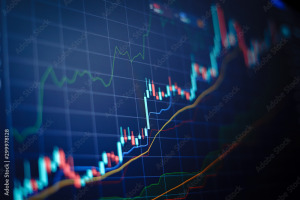
The markets have been on a celebratory tear in recent weeks, as signs pile up that the Federal Reserve may be done raising interest rates.
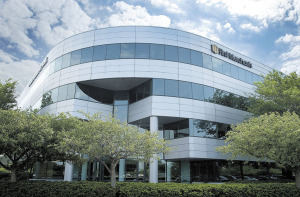
Most of Indiana’s 14 publicly traded banks have seen a significant drop in stock prices at some point this year, in some cases falling more than 50% from their Jan. 3 prices, the first trading day of the year.

The company was formed only three years ago and went public on Sept. 29 in an initial public offering that raised $5.3 million after expenses.
The financial services powerhouse, which has major operations in Indianapolis, did not specify how many positions would be eliminated—but suggested that the layoffs will take place in the coming months.
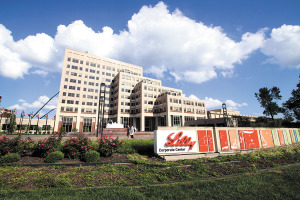
The pharmaceutical company has launched 20 drugs in the past decade to treat diseases from arthritis and psoriasis to diabetes and cancer. In recent months, Lilly has overtaken every competitor to become the most valuable drugmaker in the world.
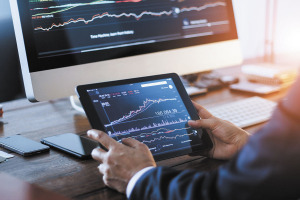
S&P recently updated its approach to incorporating environmental, social and governance considerations into credit ratings, ditching an alphanumerical scale it introduced in 2021 and instead going back to relying only on text descriptions.

Emmis Corp. CEO Jeff Smulyan says he believes his fourth pitch to take the Indianapolis-based media company private will be successful.
Many analysts believe margins hit bottom in the second quarter, and they’re forecasting a recovery in the second half. Others are less optimistic.
The rebound in IPOs is being fueled by a stock market rally that has the S&P 500 up about 19% so far this year, a sharp reversal from last year’s 19.4% loss.
The S&P 500 is now in what Wall Street refers to as a bull market, meaning the index has risen 20% or more from its most recent low. Here are some answers to questions about bull and bear markets.

Officials of the two-year-old firm that provides professional services in the health care and life science industries expect the offering to raise up to $8 million.